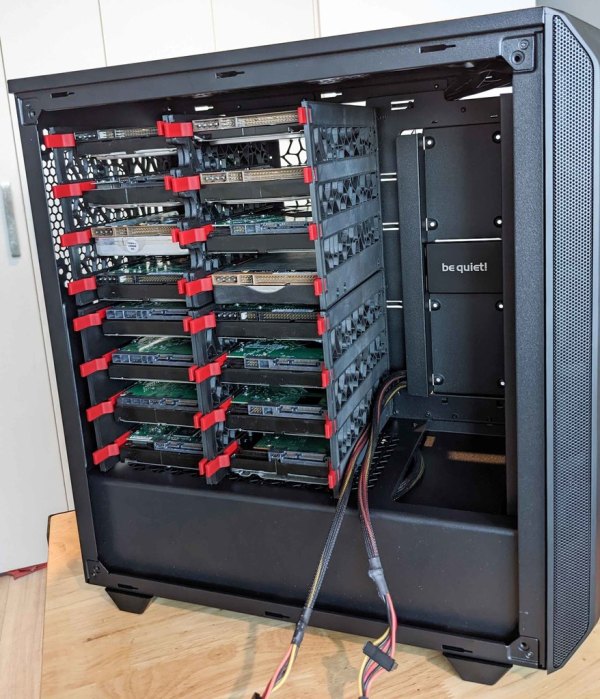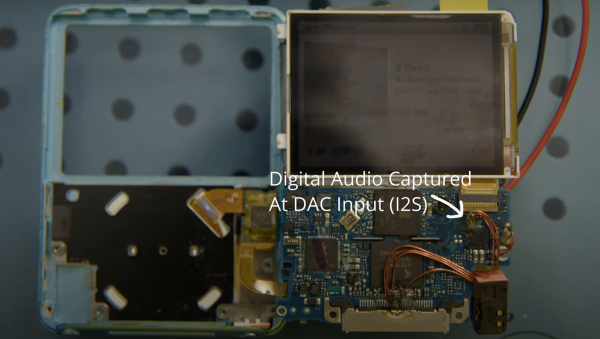While we have a definite sweet spot in our hearts for analog radio, there are times that just call for a digital upgrade. One of the downsides that can come with this upgrade is complexity. For example, the more software-minded among us might base their build on the Music Player Daemon, and use a web interface for control. But that’s not everyone’s idea of a good time, and particularly an older user of your gizmos might really appreciate a simple, tactile user interface. That’s the situation [Blake Hannaford] was in, while building an Internet powered radio for someone else.
 The solution was to take a familiar analog radio, the Tivoli Audio Model One, and give it a digital makeover. Now before you get worked up about wrecking the purity of a classic radio, note that the Model One is a faux-classic, made in 2000. No antiques were harmed in the making of this hack, and the exterior is essentially left stock — the only visible modification being the taped-on tuner label.
The solution was to take a familiar analog radio, the Tivoli Audio Model One, and give it a digital makeover. Now before you get worked up about wrecking the purity of a classic radio, note that the Model One is a faux-classic, made in 2000. No antiques were harmed in the making of this hack, and the exterior is essentially left stock — the only visible modification being the taped-on tuner label.
Inside it’s a Raspberry Pi Zero, the Adafruit Audio Bonnet, and a 3D printed bracket to tie a variable potentiometer to the tuning knob. The original volume knob and speaker are re-used. As [Blake] says, sometimes all you need is tuning and volume. Plus, re-using the speaker means that the whole unit still sounds great. Sometimes simple really is best.
While you’re here, check out our previous coverage of these style hacks and conversions!

















